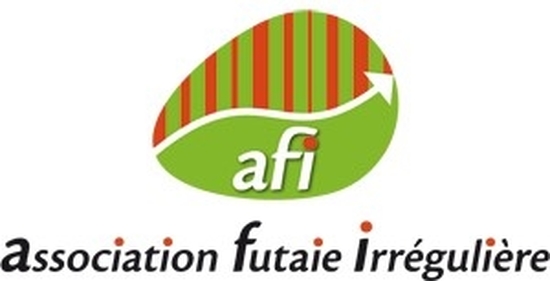
Pro Silva France
/A.F.I
/About the A.F.I
About the A.F.I
Association Futaie Irrégulière
Association Futaie Irrégulière (Association for Continuous Cover Forestry) was created in 1991 on the initiative of private forestry experts, to study and promote Continuous Cover Mixed Silviculture (CCMS). It is a place for the exchange of technical information.
It uses the forest management principles recommended by Pro Silva France.

AFI has set up a network of reference plots in order to increase practical knowledge of CCF, and encourage its dissemination. Each plot is monitored for dendrometry, economics and ecology.
Based on their observations, AFI managers have been able to improve the main orientations and silvicultural techniques specific to CCF. The results obtained are intended to be of use to forest managers and experienced forest owners, so that they can deepen their knowledge of this treatment method and better master the associated silvicultural techniques.
Thanks to AFI's work, CCF silvicultural techniques are becoming increasingly effective, ensuring greater stand resilience, optimized economic profitability for forest owners and managers, and improved response to hazards (market fluctuations, climatic risks, etc.).
The AFI has multiple objectives
AFI has multiple objectives:
- To characterize the silvicultural, economic and ecological aspects of CCF management, based on field observations.
- Demonstrate that the principles of CCF can be applied in a variety of site conditions (species composition, environmental fertility, harvesting methods, etc.), by monitoring reference plots. Measurements carried out on stands with different characteristics enable us to determine, for a variety of sites, the reactions to silvicultural interventions and to possible climatic hazards.
- Verify the reduction in production and operating costs resulting from the use of plant dynamics, as well as the improvement in revenue and producer capital.
- Gather figures on the dendrometric and economic aspects of CCF, for educational and informative purposes. This includes, for example, tree growth, production by quality, income and costs, and changes in capital.
- Enhance technical knowledge and enable more effective management by, for example, having better visibility of the minimum and maximum material thresholds beyond which the stand loses plasticity, depending on its ability to achieve quality regeneration, produce quality trees, etc.
- Disseminate information on identified issues, proposed solutions and outstanding questions. AFI is aware that CCF must have certain initial technical configurations, and that its success also depends on capturing the interest of the forest manager and forest owner.